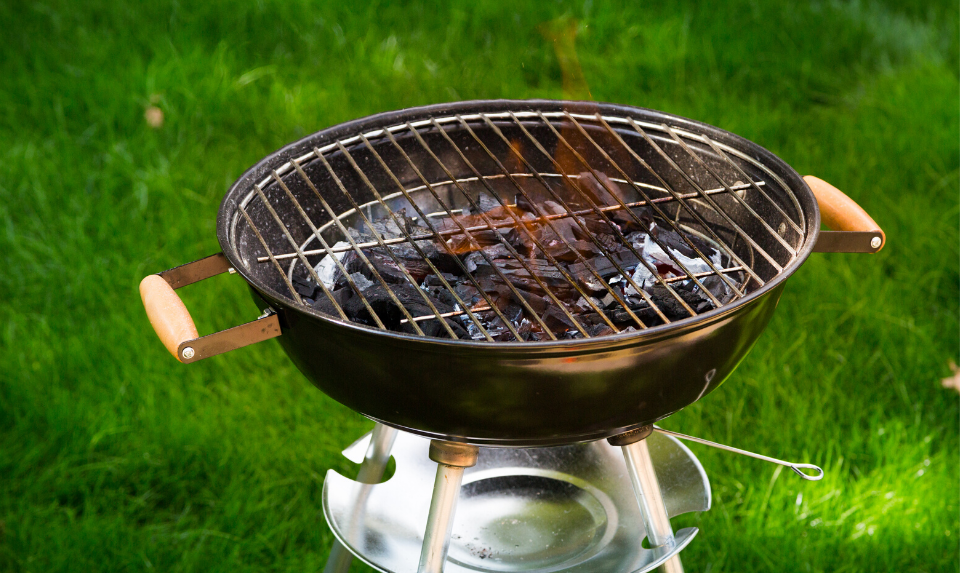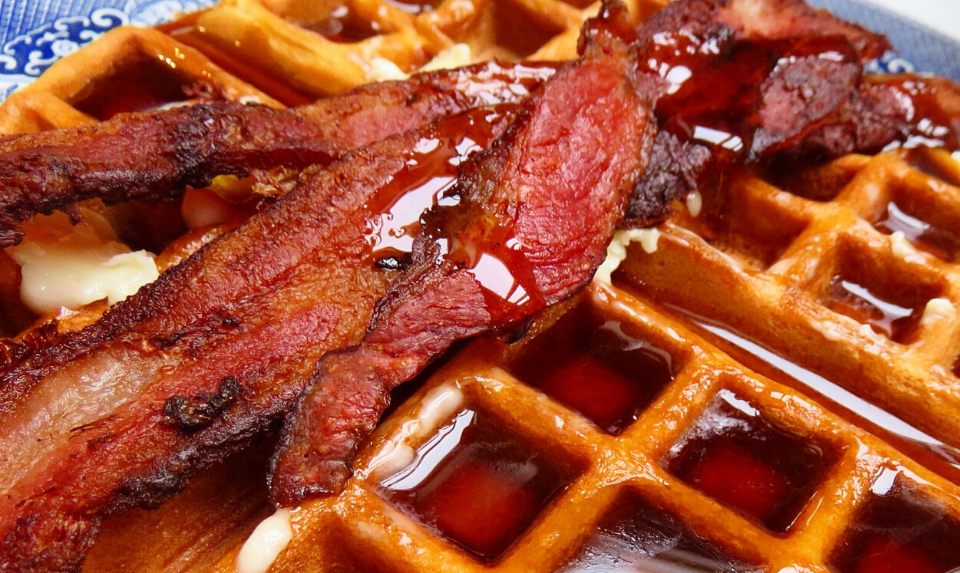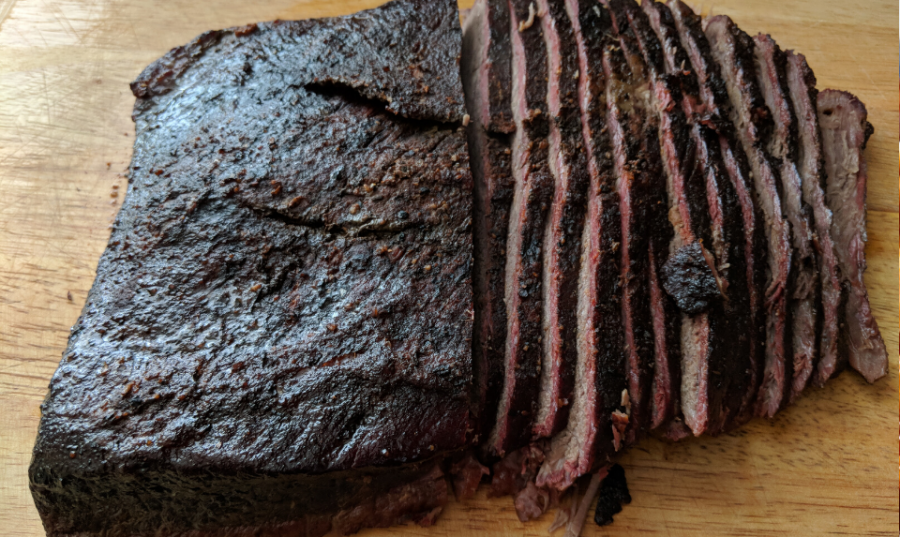Anyone who is said to be a barbecue lover recognizes beef brisket is the holy grail cut when it comes to smoking or cooking great beef. But there are a few different sections to beef brisket, and seldom they’re called various things in many countries.
We know and love the point brisket, or what is likewise called the packer brisket. But there is another cut that is rich and moreish when cooked correctly – the beef navel.
In the United States, what we might describe beef belly is similarly called a navel or a plate. In the UK, it is called navel end brisket. It is the same as pork belly but on beef.
The debate can differ about whether it is a portion of the brisket or not, but for our goals, let’s just stick with naming it the beef navel.
Getting the Beef Navel Prepared for the Smoker
You can set aside a centimeter of fat and the firmer fat facing the heat source, for example, to really give the meat some protection while you’re cooking it.

Then you have got the other side. It holds less fat but gets what is called silver skin. You should try to shave off as much of the silver skin as possible. It does not melt as well, so it can be considerably chewy.
If you’re in a barbecue contest, for instance, you should eliminate 100% of this. It’s quite a tiresome job, but it will be deserving. It can act as a wall for smoke, so getting rid of it means an added chance of noticing a lovely smoke ring.
It’s also important that the whole thing is quite even and flat. For homes, you may not be too particular, but it’s important in competition cooking because you require all slices to look equal, and you want a complete, even cook.
Now that we’ve trimmed, we want to implement a simple yet efficient rub. You can use a binder such as Worcestershire or American mustard sauce, but be cautious not to use a lot.
If you cut too thick, the skin can get really dense and hard, and not in a good way. You want a beautiful, sharp bark on the beef, but you do not want that thick, nearly gelatinous bark.
For beef, it pays to keep it simple and sweet: just use salt, pepper, and some garlic powder. That is Texas-style, and Texans know delicious barbecue.
Use it equally and liberally, but try not to get it too thick. And make sure to cover the whole piece of beef. You can marinate it for 15 minutes or so to tack up prior to sliding it in the smoker.
Smoking Your Beef Navel
If you are now a barbecue boss, you understand what to do. If not, have the smoker to about 250F-260F (120°C-125°C) and then slide them in.
You can cover the navel when the inside temperature of the meat touches about 170F (75°C), and you will know it’s finished when it penetrates like butter, which will presumably around 190F (87°C) and 205F (95°C).
Let it cease for a good 45 minutes before serving.
Beef Navel Bacon

Another food item you can do with beef navel is beef bacon. You can use whatever wood you fancy for the smoking stage, but beef works great with strong woods such as mesquite or hickory.
Ingredients
3-4lb beef navel
1 teaspoon pink curing salt
1/3 cup white sugar
3 tablespoons kosher salt
2 teaspoons paprika
2 tablespoons pepper
Instructions
Cure
Mix the dry ingredients together to make a rub, then rub onto the surface of the beef, compressing it onto the sides to ensure it’s completely coated. Place the belly into a big zip-top bag, ensure all of the cure mixtures makes it into the bag. Put the container in the fridge to set in for 3-5 days. Once a day, massage the liquid that collects in the bag and flip it over.
Dry
After the curing method is finished, remove the meat from the bag and wash completely under cold water — Pat the belly dry with a paper towel. Ideally, you will return the uncovered belly to the fridge to dry out overnight, but if you cannot wait for this step, it is not necessary.
Cook
Slice the bacon thinly and cook in a medium-low heat skillet until crunchy. Bacon can last up to 14 days in the fridge – just slice off pieces as required. Not like pork bacon, beef bacon is best when thinly sliced.
